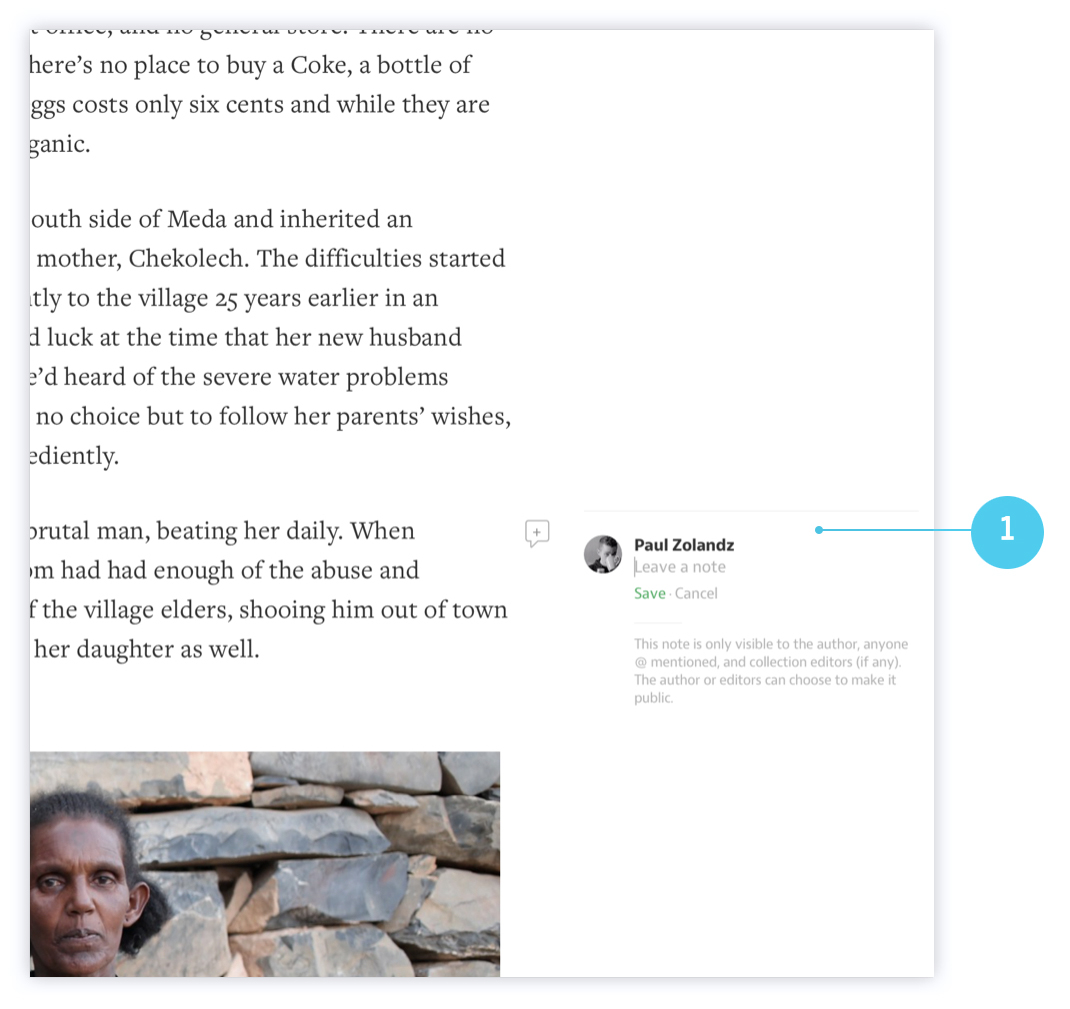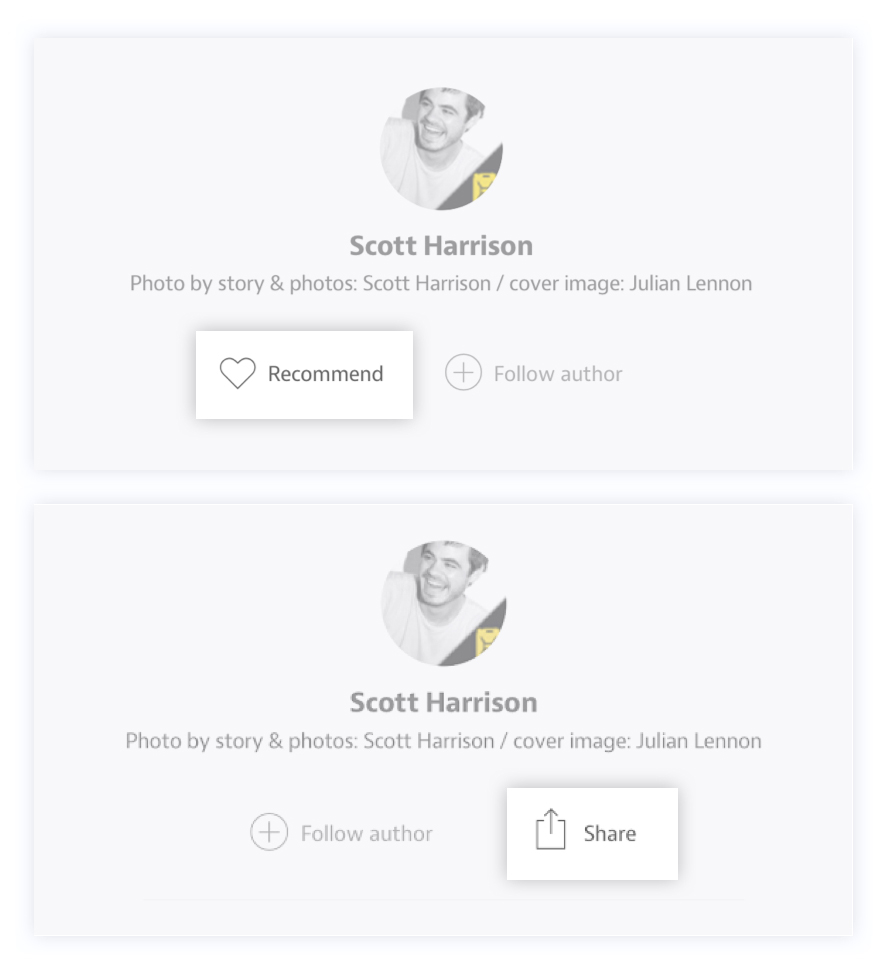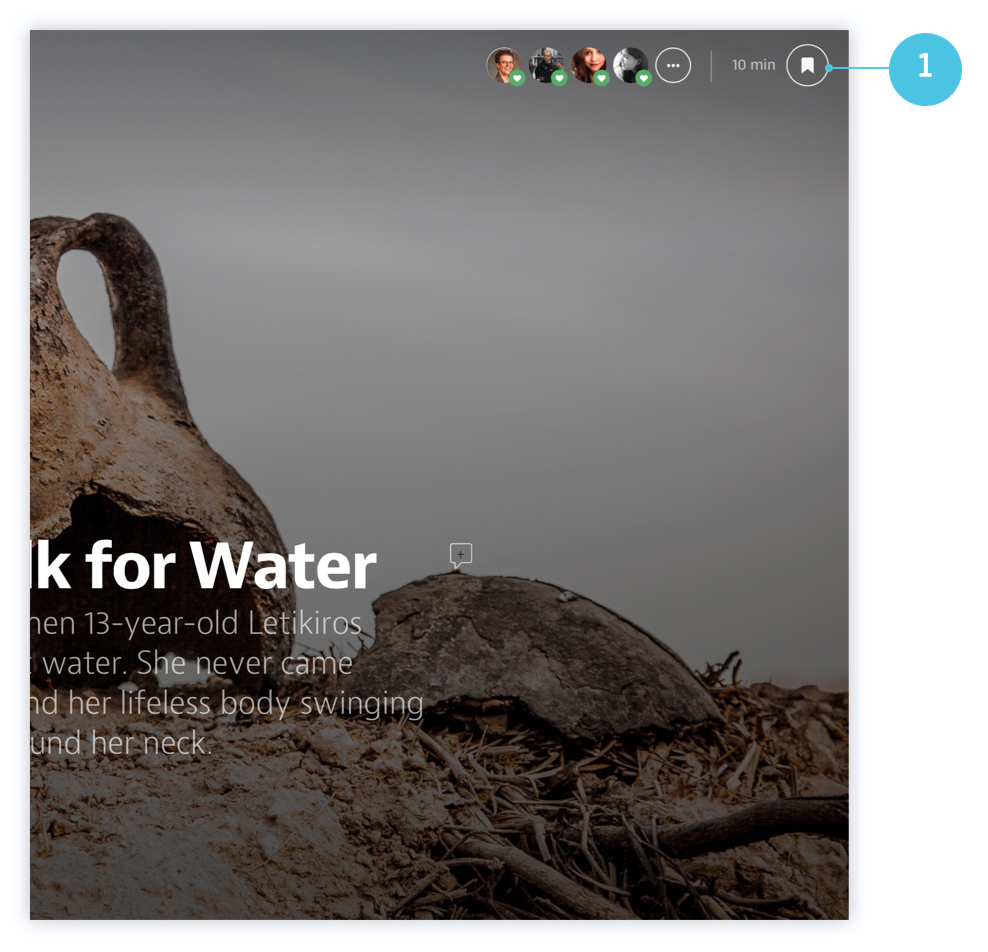A Guide to Medium
What does Medium do?
Medium is a hybrid publishing platform and social network that aims to help people share high-quality stories—primarily in written form. It is especially geared toward text content that may be too lengthy or in-depth to fit within the spatial constraints of more traditional social networks like Facebook or Twitter, and has been widely praised for its ease of use and clean design aesthetic.
Organizations can share stories on Medium by creating text posts of varying lengths, augmented with large, eye-catching photos. Videos and other embeddable media may also be included in the body of a post. Once published, stories will be automatically distributed to your Followers on Medium, and can also be shared through your organization’s other social networks.
Storytellers can also create “collections”—special pages where you can curate content from different authors, usually about a specific topic or subject—or submit stories to an existing one. If your story is accepted into a popular collection, it may gain exposure to a larger audience.
Who does Medium reach?
While demographic information of Medium’s readership is not widely available, the site is reputed for attracting a well-educated, tech-savvy audience of early adopters who value high-quality storytelling content.
What do I need to use Medium?
- Technology: Computer/smartphone/tablet, Internet connection (required); access to high-quality photographs to enhance your stories (optional, but strongly preferable)
- Suggested Frequency: Intermittent
What can I share on Medium?
You can share long-form written stories, which can be augmented by photos, videos and other embeddable media when available.
How do I use Medium?
Medium offers an online guide specifically geared toward helping nonprofits and other social impact organizations get started. It includes tips and resources to help you sign up, write and distribute your first story, start your own collection and more.
Why should I use Medium?
If you have text content that may be too lengthy or in-depth to fit within the spatial constraints of more traditional social networks like Facebook or Twitter, Medium may be a good choice for you. It is also a good alternative to traditional blogs.
What are the strengths and limitations of Medium?
Pros
- Simplicity. Medium’s highly visual user interface is among the simplest, most intuitive of its kind. Writing, designing and distributing stories is a breeze—no coding knowledge necessary.
- Aesthetics. With a gorgeously designed template for all its stories, Medium makes crafting a visually stunning story easier than ever before. Readers love the large photos and ultra-readable text.
- Cost. Medium is completely free to use, making it an excellent option for organizations on a budget.
Cons
- Reach. Medium is a comparatively new platform, and though it has recently experienced a great deal of growth and attention, the reach of its readership remains relatively limited. Organizations should also distribute Medium stories through other channels to achieve maximum visibility.
- Fluidity. Like most platforms in their infancy, Medium seems to still be figuring itself out. Features and tools are regularly changed and updated, making the user experience more fluid than one would find on a more established platform. Their tinkering is ultimately intended to create the best possible tools, but some user adaptability may be required in the meantime.
What story formats work best on Medium?
Long-form stories of 400 words or more have been most popular on Medium. Adding a high-quality, horizontal photo (at least 900 pixels wide) to the top of your story can also help catch readers’ eyes. Medium also offers an online guide with additional best practices.
What’s the most effective way to share stories on Medium?
All stories published on Medium are automatically shared to your Followers on the platform. To maximize visibility, you should also share your Medium content through additional social networks, like your organization’s Facebook or Twitter accounts.
Stories can also be added to your own, curated collection or submitted to an existing collection run by another user, where they may be able to reach a new audience. If you choose to submit to an existing collection, you will have to contact its owner or editor prior to submitting in order to receive permission to do so.
Medium offers other tips for distributing your stories in their online guide for nonprofits.
How do Medium’s users share and engage with content?
Medium offers a limited number of options for engagement and sharing among users.

- Notes. Readers can choose to leave “notes” on specific paragraphs within a story by clicking a small button in the sidebar. Initially, these are only visible to the story’s author and the editor or owner of the collection in which the story was published, but those users may choose to make comments publicly visible.
- Recommendations. Readers can “recommend” a story to their Followers by clicking the green button at the bottom of the page. Recommended stories appear in their Followers’ “Reading List” on the Medium home page.
- External Sharing. Each story includes built-in buttons that allow the user to directly share your content on their own Facebook or Twitter profiles, or via email.

External sharing options.
- Bookmark. Users can “bookmark” a story they like.

Readers can “bookmark” a story to their followers by clicking the green button at the top of the page. Bookmarked stories appear in their followers' Reading List on the Medium homepage.
How should I engage users on Medium?
Organizations can follow users who create and share stories relevant to your work. You can also create your own collection and seek out like-minded contributors who may be interested in submitting their own stories.
How can I increase visibility on Medium for my content?
- Use visual content. When possible, include high-quality photography or other graphics with your story. This will greatly improve the aesthetic experience for people engaging with your content, enabling you to better draw and keep readers’ attention.
- Submit to collections. If your story is accepted into a popular, well-read collection, your organization could access a new, larger audience.
- Engage fellow storytellers. Medium users with interests relevant to your cause can become great champions of your stories. Try engaging users by recommending their stories or reaching out to invite them to contribute to your collection. Once they know about you and your content, they are more likely to follow you and share your stories.
RELATED ON STORYTELLING FOR GOOD
EXTERNAL RESOURCES
Related, on Storytelling for Good
Writing for the Web: Developing Voice, Tone and Editorial Structure
Storytelling With Data: A Children's Tale
- 2 Saved
Pinterest Connects “DIY” People to Your Cause
Video Blogging Brings Stories to Life
- 1 Saved
Pinterest Connects “DIY” People to Your Cause
A Guide to Email
- 4 Saved



Be the first to comment